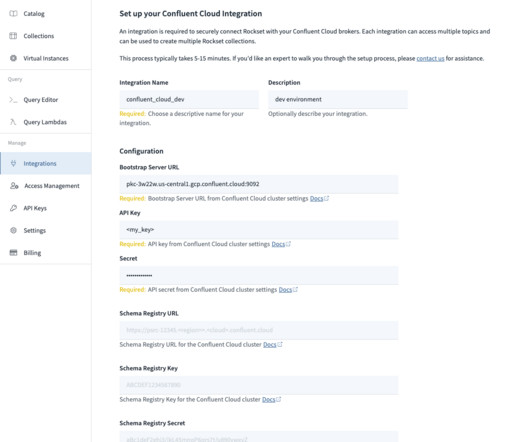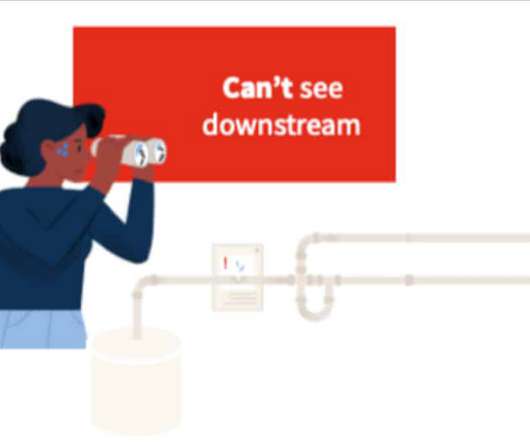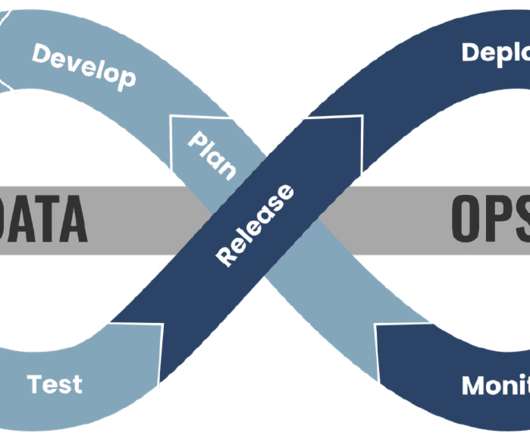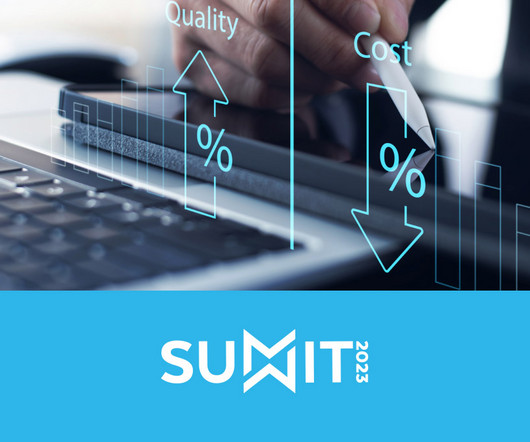Breaking State and Local Data Silos with Modern Data Architectures
Cloudera
AUGUST 30, 2022
Data is the fuel that drives government, enables transparency, and powers citizen services. That should be easy, but when agencies don’t share data or applications, they don’t have a unified view of people. Legacy data sharing involves proliferating copies of data, creating data management, and security challenges.













Let's personalize your content